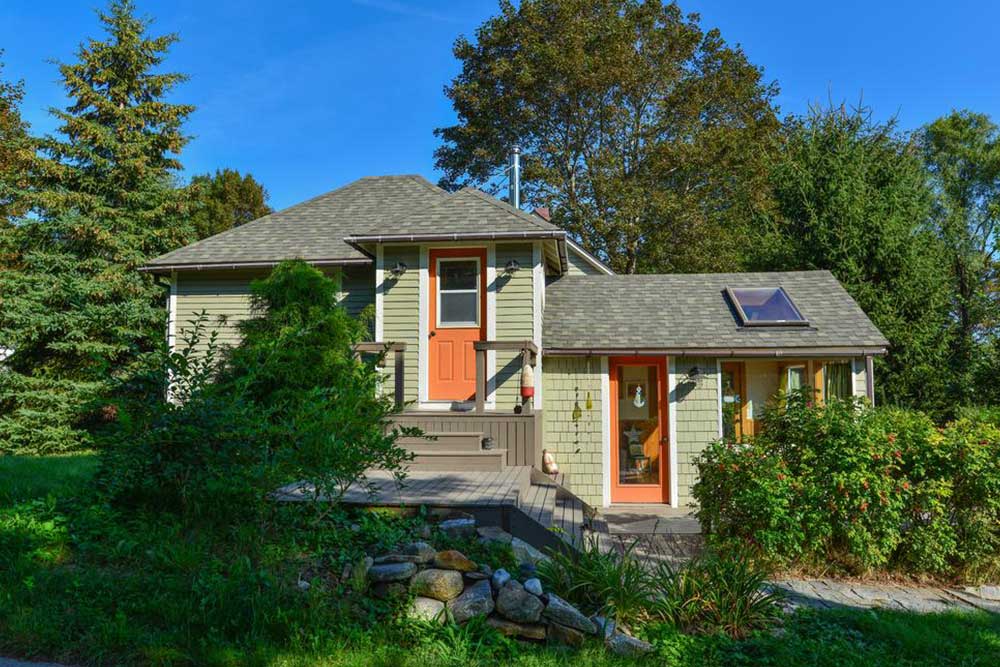A Brief History of Modular Homes
Prefabricated homes gained mileage post World War II as it catered to the housing shortage at a fast pace. For less than $2500, homeowners received kits that included prefabricated pieces of wood, nails, tools, and paint. All that you had to do was look at the manual and build the house by yourself or with minimal external help. In the 1970s, the federal government put some rules in place to ensure the safety of modular homes.

Today, prefab homes are also called modular homes. They have evolved to include the latest technology and building materials. When a first-time home buyer looks for housing options, modular homes are on the top as they tick off several columns such as cost-efficient, better quality, environment-friendly, sustainable, and good looking too. If you are looking to build green homes that cause minimal damage to the environment, you should opt for modular homes. Since they are manufactured in factories as per your specific measurements, the wastage of building materials is reduced by half. All the unused materials are recycled for their next order. Most of the waste that goes to landfills is from the construction industry. With modular homes, this waste is reduced by 40%. Most of the new modular homes come with green roofs and include provisions such as solar panels that supply electricity for all household needs. Homeowners can use this electricity for lighting, cooling, and heating purposes. They can also store excess electricity in batteries and sell it to local grids. The country’s law ensures that modular homes maintain high sustainability standards. They cannot use traditional material like PVC or cement. They have to use non-toxic and low VOC (volatile organic compound) materials that are eco-friendly. New and innovative technologies have led to the use of reinforced and recycled materials for roofs, and internal wall panels. This type of insulation keeps the house warm during winter and cool during summer. New ideas like bamboo floors, collection and storage of excess rainwater, geothermal heat pumps, tankless water heaters, and low flush toilets make modular homes a viable alternative for all those who want to live in an eco-friendly manner.
While building a modular home, you can insist on or look for builders who offer an energy efficient design. You can also ask and verify if they use sustainable, eco-friendly materials so that you own an inexpensive green home that is built faster than traditionally constructed homes.
Disclaimer:
The content provided on our blog site traverses numerous categories, offering readers valuable and practical information. Readers can use the editorial team’s research and data to gain more insights into their topics of interest. However, they are requested not to treat the articles as conclusive. The website team cannot be held responsible for differences in data or inaccuracies found across other platforms. Please also note that the site might also miss out on various schemes and offers available that the readers may find more beneficial than the ones we cover.


